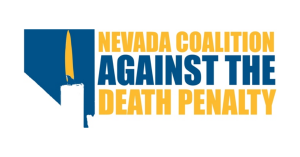
Celebrating Caregivers Day as a Caregiver
Today is National Caregivers Day, and as a caregiver, I’ve wanted to write about my experience with that for some time now. Besides being a day of awareness, another phenomenon gave me the final push to write this.
I’ve seen a lot of articles recently about how “More millennials are living at home with their parents these days.” And although these types of articles aren’t new, it seems they got a fresh breath of air recently, and I started seeing more of them again. But, as usual, these articles seem to ignore the reality of the state of our economy and our country and are sticking to the age-old trope of the “lazy millennial living at home with their parents.”
I could talk for hours about how no one can afford to live independently, so some of us have to move back in with our parents and family. Or I could talk about how even our parents are struggling to make ends meet now, and they need our help sometimes just as much as we need theirs. Family should be our first and strongest community, so helping one another shouldn’t be looked down upon as someone being lazy or unsuccessful or some other negative assumption about people’s character based on their living situation.
But there’s another thing that isn’t discussed as much that I want to talk about today. And that is the rise in millennials needing to take care of their aging and/or disabled parents. I am one of these millennials – I care for my disabled mother while living at home with her.
With her permission, I’d like to share our experiences about everything.
My Duties as a Caregiver
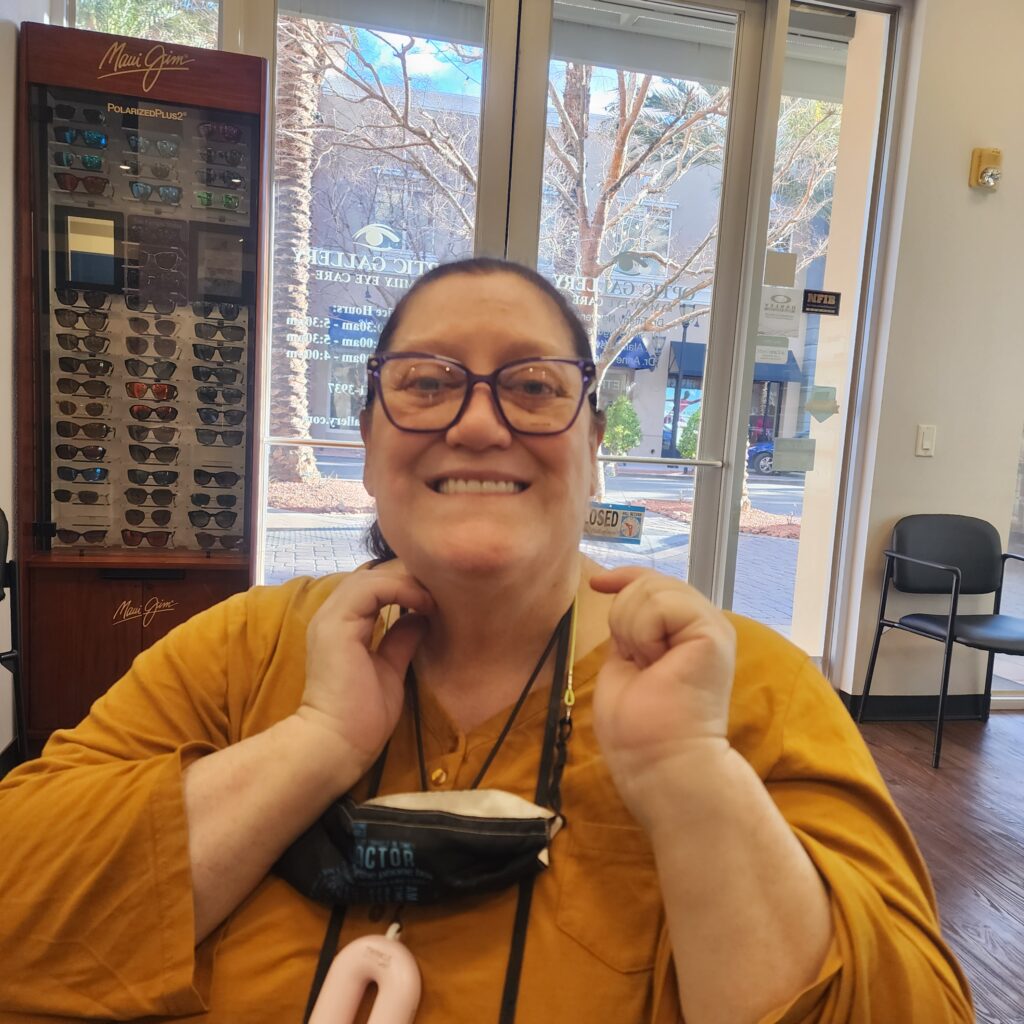
The word caregiver means different things for different people and applies to situations uniquely.
For us, because my mom’s in a wheelchair, she’s otherwise housebound unless I take her out. Besides my sister and I, she has no one to care for her. And since my sister’s a school teacher, she’s unable to help in the way I’m in a position to.
Thankfully my mom isn’t fully paralyzed and can stand briefly to transfer out of her chair. So my caregiving duties don’t involve me having to lift her (which I wouldn’t be capable of anyway) or helping with tasks that other caregivers might be responsible for.
Instead, I drive her to her appointments, run errands, and help her with more complex tasks around the house. Now that I attend all her doctors’ appointments, I’m also intimately involved in her health care and have since she became disabled in early 2019.
In addition to being in a wheelchair, she was pre-diabetic and has high blood pressure and other health issues that she wasn’t being mindful of. She ate whatever she wanted and gave me a hard time when I tried telling her to make better choices.
I ended up setting her up with a new healthcare provider (the reason for which I’ll mention later) — an advanced practice registered nurse, not a doctor. This APRN is much more involved and interested in helping my mom than her former doctor. And while she’s very kind, she’s stern and honest with my mom about the reality of her not taking care of herself. And she hasn’t given up on my mom, even when she transitioned from pre-diabetic to fully diabetic after not following dietary guidelines to keep her below that threshold.
Having to Parent a Parent
That led to a difficult conversation when I reached a breaking point after learning she wasn’t testing her blood sugar regularly and was still sneaking sugar behind when I didn’t live with her. I’d caught her when I threw something away and noticed she’d eaten an entire bag of mini donuts by herself in one day. After scolding her and making her test her levels which were through the roof, I felt distraught. I told her how much I feared coming over to find her on the floor in a diabetic coma or worse.
My mom’s unfortunately always been pessimistic about her life, health, and longevity. So, she said she didn’t care if she died anyway, which was a hard blow. I told her that besides the trauma she’d cause my sister and me, death wasn’t the only possibility – she could end up losing a foot. And what then? I asked her. I wouldn’t be able to care for her properly anymore, and watching her deteriorate in front of me was hard enough already. But to let it get to that point wasn’t an option I’d willingly allow.
Until then, I trusted she’d make adult decisions about caring for herself. I didn’t want to act like the parent in the relationship, tell her “no,” or tell her she couldn’t spend money on the things she wanted to eat because they were unhealthy. But, even after that argument, things didn’t improve much.
The negligence of her health got so bad that one day while I was talking on the phone with her as I prepared for work, she mentioned she’d cut her toe a week or so prior, and it didn’t look good. I stopped everything I was doing, called out of work, and immediately took her to the doctor. People with diabetes should never take chances with things like that, and I was terrified of whether she’d ignored it for too long. Luckily, they prescribed her antibiotics, and it healed. But it was the final straw for me.
Evolving My Caregiver Duties
So I became more involved in keeping her in check. Now fully invested in her health, my job as a caregiver expanded. So I moved back in the second time (also outlined below), and I doubled down on helping her care for herself.
These days, I actively watch her diet as best I can, I make dinner at home so we’re all eating healthier, and I often deny her fast food or limit what she may order or how she orders it (much to her disappointment, this means less bread and no sugary drinks.)
I also found her a fantastic therapist who’s actively involved in my mom’s mental health and well-being. Since I’m allowed to sit in on her sessions and offer perspective, together we encouraged my mom to step outside her comfort zone more. So, while there’s much to work on, we’ve made progress over the past few years.
She’s become more active after we suggested finding chair yoga videos on YouTube, she’s found new, healthy recipes for us to cook, and she even started learning how to do things on her computer to help her become more organized. For example, while I worked for a few months last year, she learned to order groceries online to have them delivered. She learned more ways to be self-sufficient and took more initiative from there. I even got her to start going to the crochet club hosted at the library so she could interact with other people besides my sister and me.
She’s come a long way from where she was a few years ago, and I’m so proud of her successes and the milestones we’ve reached. And I’ve learned a lot about myself over the years of caregiving, and I cherish the time with my mom, even if I don’t always show that.
How My Mom Became Disabled and How I Became a Caregiver
Part of my journey of becoming a caregiver is the story of how my mom became disabled.
How it Started
In 2018, my mom developed issues walking. She said her legs seemed to “shut off” or not respond to her brain’s messages to move or walk. Her doctor wouldn’t listen to her. He told her it was the arthritis in her knee, that she was just overweight, and that it was because she walked all day at work. She was a custodian at the airport for over 25 years, and while many physical issues had appeared in recent years, this was different. And although she told him she thought it was her back and that she’d like to get an MRI or something to check it out, her doctor brushed her off and just told her to take some extra pain meds, lose weight, and get more exercise. She already walked about 10 miles a day at work.
She adapted to the situation by using a cane, which she wasn’t allowed to use while clocked in at work. But, unfortunately, things got worse as the months passed, and soon she was walking with crutches at home to get around the house.
A Fateful Fall
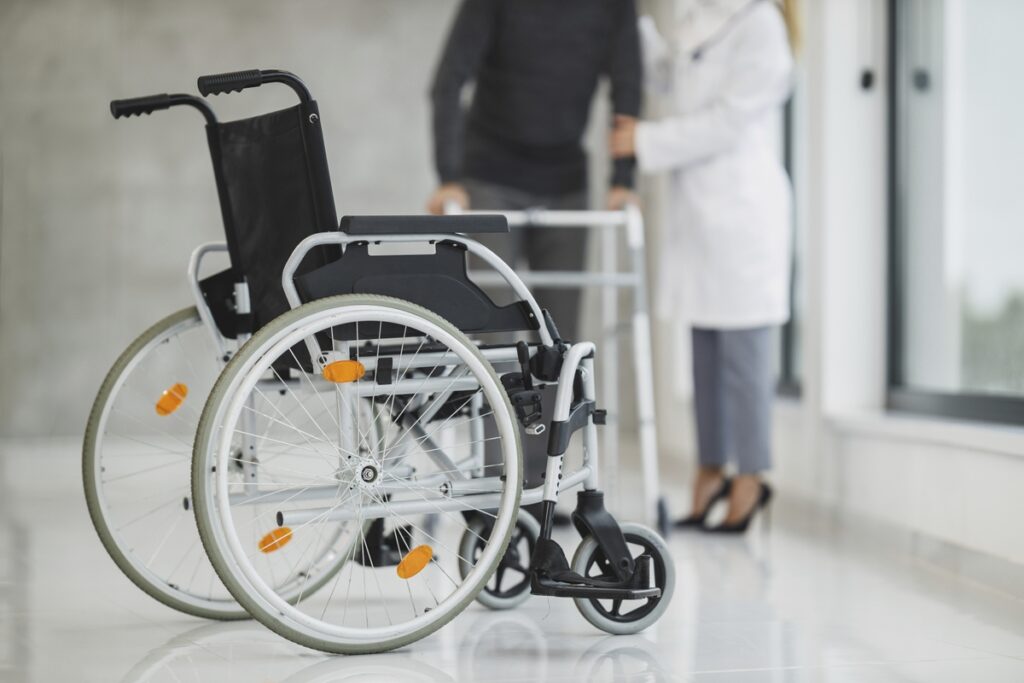
In January 2019, her body hit its breaking point – literally. One day while walking around the house, her legs suddenly shut off, and she crumpled to the ground. She immediately knew something was wrong; she couldn’t get up, and her leg was in a lot of pain. And worse, she had to wait for my sister to get home, as I wasn’t living there then, and she didn’t have her phone with her. Finally, my sister found her and immediately took her to the hospital.
My mom joked that it was probably just a hairline fracture, but the doctor came in and told her that she’d broken her leg. That was the last time my mom would walk.
As it happened, I lost my job the day after I found out. Besides suddenly putting me in a position to help my mom, it was for the best as that job was abusive, and I was planning on quitting anyway. Now I only had my other part-time job, which allowed me enough open time to be available for my mom. The universe works in mysterious ways.
I started taking her to all her doctors and physical therapy appointments, helped with getting a wheelchair through the insurance, and helped her advocate for her doctor to take a closer look at her back.
Taking a Closer Look
After explaining everything that happened, we finally convinced him to listen, though he was begrudging and condescending about it. He ordered an MRI of her back. When he got the results to go over with us, I hope he felt like the piece of shit he is as his eyes widened, and he said, “Oh… there is something weird here.” He ordered more imaging tests, and we soon discovered that my mom was right. Something was, in fact, very wrong with her back.
We discovered she was suffering from lumbar stenosis, and pressure was being put on her spinal cord. But worse than just that, she had developed arthritis in her spine, and that had formed a bone spur. And it was stabbing her spinal cord and cutting off the connection from her brain to her legs. So she wasn’t fully paralyzed and could still move her legs and feet, but she couldn’t stand for long and certainly couldn’t walk.
She had described exactly what she felt happening months before breaking her leg, and the doctor wouldn’t listen. I want to emphasize that a little more: she had to break a fucking leg to get the doctor to listen to her and not simply blame her weight on her problems. This is the medical fatphobia that people experience every day by medical professionals. But I digress.
So although her leg healed and physical therapy ended, she remained in the wheelchair. And we had to begin the next step of this journey now – getting her approved for disability retirement.
Seeking Disability Retirement Benefits
Although she worked a county job, her job required her to walk, and there were no accommodations they could or would make for her. So she’d have to retire. But she was years away from retirement age. So we had to fight for months to get her approved for disability retirement and ensure she kept her benefits and, most importantly, her insurance.
I remember sitting in the eligibility office, and the person we spoke with told us the possibility that she might not get approved even with all the medical documentation and everything else we’d provided.
A giant rock hung over our heads. I remember my mom sobbing in the office at the thought of being disabled without her retirement or her insurance and all the possibilities that would involve that we couldn’t even fathom. She didn’t qualify for other benefits like social security because she paid into a state-funded pension plan. And regular disability coverage wouldn’t pay enough to afford bills, let alone out-of-pocket health insurance.
After a scary few months, she was approved for disability retirement. She’d receive her monthly benefits and keep her insurance. It was a relief, to put it mildly. And it came down to the fact that she broke her leg, which led to the MRI. Without that, they might have denied her.
With that fear out of the way, we could focus on her health now. This was when I ended up moving back in with her in the summer of 2019 after she offered us to live with her to save money and be better equipped to help her out. At this point, I already drove across town two or three times a week to take her to appointments, run errands, and help her get out of the house.
The Pandemic Begins
In early 2020, she visited my uncle in Virginia, who was caring for my grandma. Unfortunately, she went days before the world seemingly shut down because of COVID. As a result, she ended up staying there longer than planned because we were so concerned about her potentially getting sick on a flight back.
She came back in the summer because her doctor wanted to see her in person to do blood work and reassess her prescriptions, as her insurance did not cover her out-of-state. It was for the best, as that winter was when my grandma and uncle caught COVID around Christmas, and my grandma passed away shortly after. You may recall my article talking about her passing.
In the summer of 2020, my sister bought a house a few miles away, had an extra bedroom, and wanted me and my partner to move in with her. Since we were still near my mom’s, it worked out, and we had more space, so we moved in. After that, I went back to driving to my mom’s house a few times a week to take her to appointments, help her with things, and spend time with her.
However, as I mentioned before, without me there to bug her about her health and make good choices, she started to slack on taking care of herself. In that situation, coupled with my former dog, Dolly’s failing health and quality of life, my partner and I decided to move back in with my mom again in November of 2021. We’ve been here since, and much of the progress I outlined has happened since we moved back.
(Article continues after the ad)
Please follow our fantastic site sponsors! They make content like this possible! 🙂
How It’s Been Since Moving Back In and Becoming a Live-in Caregiver Again
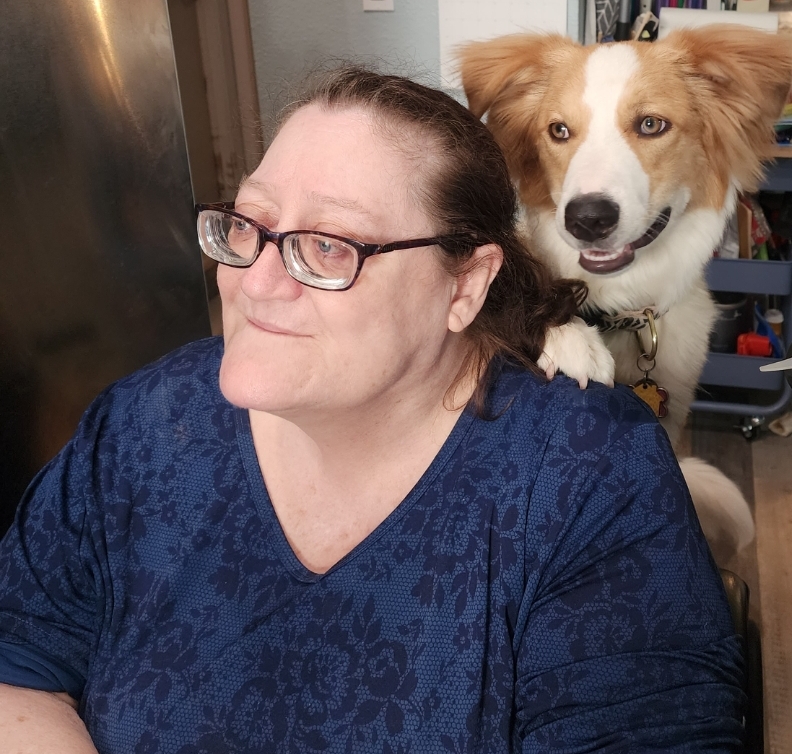
It’s been an eventful year and a half, to say the least. We said goodbye to Dolly last April and immediately caught COVID right after that. I especially worried about my mom’s health during that time, but she surprisingly experienced the mildest case of all of us and the least amount of long-COVID symptoms.
After we recovered, I started a new job, and my former dog serendipitously gifted me a new dog after her passing. (You can read more about that in this article I wrote last year.) My new dog, Athena, brings a lot of joy and life to our house. She even inadvertently helps me with caregiving by helping us all be more active, as she always wants someone to play with her, and her grandma almost always obliges. (My mom loves her “grand-dog-ter” and loves talking to her and interacting with her.)
Since we feed her healthy foods, we have started cooking at home more and eating healthier too. And my mom has been making some pretty significant breakthroughs in therapy. Although we’re still trying to get her health in check in other areas of her life, my mom’s overall health and quality of life have improved amazingly. Hopefully, without sounding full of myself, I often wonder what things would be like if I wasn’t here to care for her. I don’t like to think of what would have happened if it wasn’t.
A Mutually Beneficial Situation
While caregiving is a labor of love, it’s labor nonetheless. It takes time and energy, both physically and emotionally. Whether you’re a caregiver of children or a caregiver for a parent, you know it’s not easy. I’ve admittedly come close to reaching breaking points multiple times over the last few years. Times when I wanted to give up, even though I objectively knew that wasn’t an option.
But I’m lucky to have a support system and fortunate to have a mom who’s understanding and grateful for the help. She reciprocates in her own way, and we help each other as a result. For example, I’m undoubtedly privileged because I don’t need to worry about rent. My mom’s house is paid off, so her only expenses are her bills which her retirement check covers. So she doesn’t ask us for money unless it’s a tight month, though my partner pays for the internet bill. She buys the groceries, which we are in charge of preparing meals, and she occasionally pays for my gas to drive her to her appointments and errands.
And in retrospect, not having to worry about rent ultimately allows me to be a caregiver. I can work part-time and have the flexibility to take care of mom and take her where she needs to go. It’s a symbiotic relationship of sorts. This also allows me the flexibility to pursue the type of work I do, run this magazine, and have time for the things that I enjoy because I have the time to do them now. For that, I’m grateful for my mom, and I do not begrudge the responsibility of caring for her.
We are fortunate, all things considered. And I know that not everyone is as lucky.
The Trend of Young Adults Being a Caregiver Caring For Parents
To tie everything together, I hope this story and others like it eventually put the “lazy millennials living at home” trope to rest. While there are undoubtedly examples of that, most people living at home with parents have valid reasons to do so.
According to Prudential, at 58%, more than half of young adults live at home. As Gen Z enters adulthood, this number, includes them too, and they’re experiencing many of the same issues millennials are experiencing that result in staying with their parents or moving back in. Jobs don’t pay enough to survive, and housing costs have skyrocketed to unsustainable levels.
In addition, our parents are getting older. After the pandemic started and the risk of long-COVID rises with each infection, the likelihood of our parents experiencing disability has also increased. Living in a country where healthcare has been increasingly put on the back burner and healthcare costs skyrocketing, this trend will continue.
And as we all get older, many of us may have to accept that we’ll be responsible for caring for our aging and/or disabled parents as an inevitability.
My Personal Experience Being a Caregiver
The Ups and Downs of Caregiving
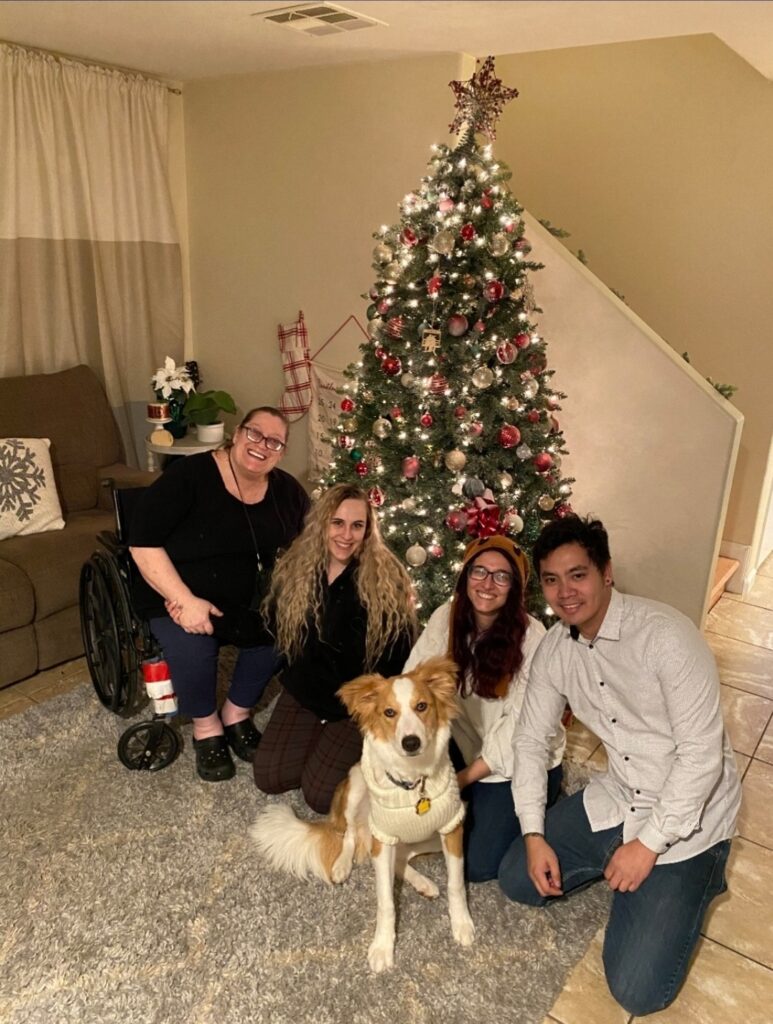
I don’t want to sound resentful about my situation. I am lucky not to have to worry about money as much as my peers, but on the other hand, I am always worried about my mom’s health and what the future will look like as I continue to provide care for her.
But as I said, it’s difficult. It’s not ideal. I knew that at some point, most kids grow up to take care of their parents. Not expect it to happen so early in my life, I was 24 when my mom became disabled and I started caring for her. I’d always assumed I’d be at least in my mid-to-late 30s, maybe early 40s, and well-established in my own life by the time I came to have this responsibility.
Instead, I sometimes feel that my life has been put on hold because my mom is my focus at this time. I wonder where I would be today if she didn’t become disabled and if I had continued working full-time. I try not to dwell on what-ifs because, for all I know, I could have ended up being worse off. And I do feel guilty for these kinds of feelings. But at the end of the day, I am human, and it’s natural for me to feel that way. My mom has validated those feelings, which has helped me process them.
Because of our relationship, I do not feel like I do this out of obligation, and she doesn’t act entitled to help. Instead, I do it because I love my mom, I am in a position to help, I enjoy her company, we cohabitate pretty well, and we both show gratitude to one another.
The Bigger Picture
I know many people don’t get the support or validation they need or deserve for the care they provide. And I’ve heard of people who care for parents who feel entitled to having their kids care for them and expect it without showing gratitude. If I were in that type of situation, I can’t say for sure that I’d still be doing it. I wouldn’t have the endurance to be talked down to and mistreated day in and day out. So again, I know I’m lucky in my situation.
It’s not easy, but I get to spend so much time with my mom and talk with her every day, sometimes for hours. We help each other in many ways, and we have both grown as individuals and strengthened our relationship as a result. It’s a give-and-take. And even if I wonder about what-ifs, I wouldn’t wish for things to be different. I’m an “everything happens for a reason” type of person, so I always try to look at the bigger picture.
Feeling Seen
I genuinely hope this article resonated with someone out there. I felt very alone being a caregiver for quite a while, and many people didn’t understand my experience. That was before I got the job I worked for last year leading up to the election – Care in Action. As an organization that worked to support both domestic workers and family caregivers, working with them connected me with a lot of people who were in similar situations as me.
Even though my mom shows gratitude and appreciation in her own ways, talking with people who verbally told me, “In case you don’t hear it enough, thank you for all that you do,” made me tear up and feel like a bit of weight came off my shoulders.
My Message to Other Caregivers
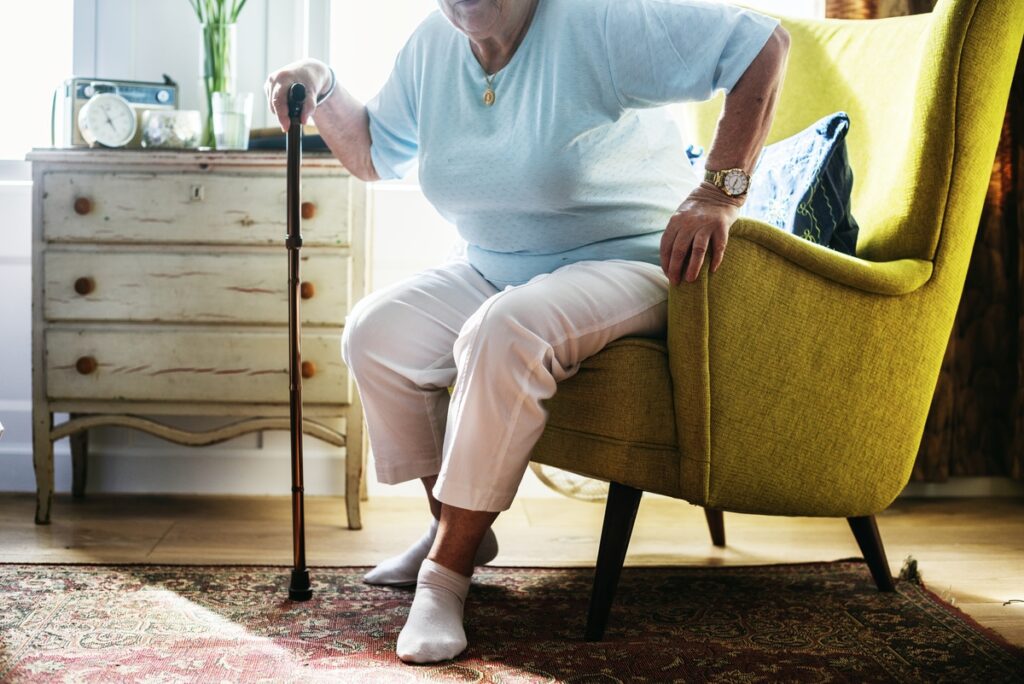
With that, I want to pass this on to those who are caregiving that might not feel seen or appreciated or are struggling with the responsibility and emotional toll this takes:
Being a caregiver is part of who I am and has made me who I am today. And for that, I am grateful. And it’s a part of who you are if you’re a caregiver, too. It’s not something we ask for or expect to happen so suddenly; it falls in our lap, and we have to hit the ground run all while we juggle new and challenging responsibilities.
So to all the other caregivers out there, especially my fellow millennials and even my younger cohort of Gen Z-ers, I want to extend you all the love and support you deserve.
If you’re struggling with everything, please talk to someone. A solid support system is vital to continuing the work we provide to loved ones, be they children or parents. And you need to make sure you’re setting aside time for yourself and taking care of your mental health. Remember, you cannot pour from an empty cup. And you cannot help others if you’re not helping yourself too. Otherwise, you will burn out and break down, and we don’t want that to happen.
Caregiving can be a thankless job, so I hope those in similar positions get as much support as they provide to others in their own lives. And if no one has told you, you’re doing a spectacular job taking care of your loved ones, and you should be proud of the work you do for them.
Thank you to our Patreon ‘Cultivator’ supporters who help make content like this possible!
This article was supported by the following Patron(s): Crystal Gropp.



